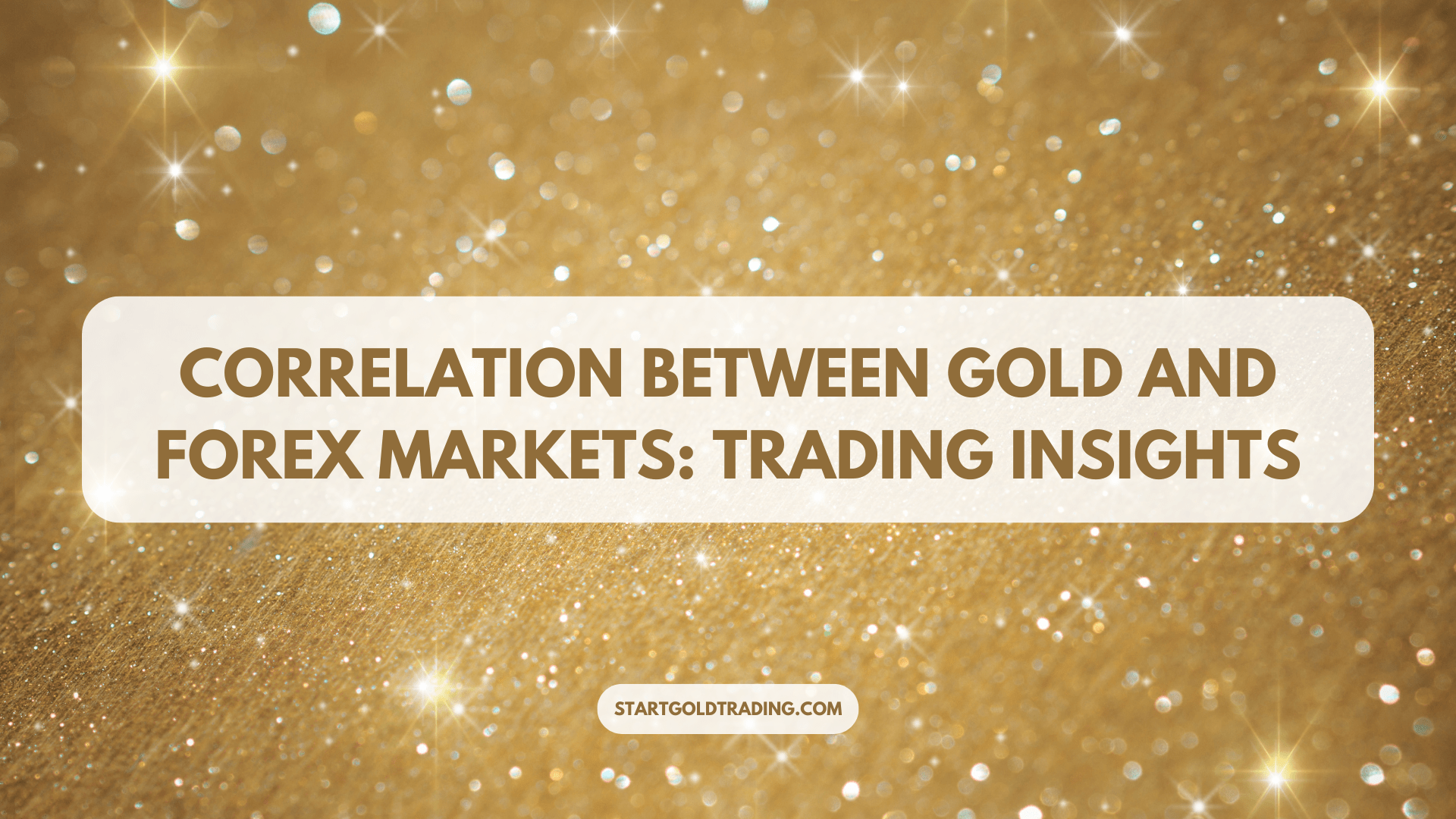When it comes to the world of trading, understanding the relationship between different markets can be as crucial as a navigator understanding the stars in the sky. For those venturing into gold trading through Contracts for Difference (CFDs), it’s vital to grasp how gold prices interact with the currency markets. This guide simplifies the concept of market correlation and offers practical insights and strategies for leveraging the interconnected dynamics of gold and forex for trading success.

Understanding the Relationship Between Gold and Currency Markets
Gold and currency markets, particularly the U.S. dollar, share a unique and often inverse relationship. Like a seesaw, when one rises, the other often falls. This is primarily because gold is globally priced in U.S. dollars:
- Inverse Relationship: When the U.S. dollar strengthens, gold becomes more expensive for holders of other currencies, which can decrease demand and cause gold prices to drop. Conversely, when the dollar weakens, gold prices often increase as it becomes cheaper in other currencies, boosting demand.
How Forex Market Movements Influence Gold Prices
The forex market can act like the wind against a sailboat, pushing the price of gold in one direction or another. Several factors contribute to this dynamic:
- Interest Rate Decisions: Central banks’ decisions on interest rates can significantly impact currency valuations. For instance, if the U.S. Federal Reserve raises interest rates, the dollar might strengthen, leading to lower gold prices.
- Economic Indicators: Reports on employment, inflation, and GDP growth influence currency strength. Strong economic performance typically strengthens a currency, affecting gold prices inversely.
- Geopolitical Stability: Political events can cause fluctuations in currency strength. For example, if there’s political instability in the U.S., the dollar might weaken, and gold prices could rise as investors seek safer assets.
Trading Strategies Based on Currency and Gold Correlations
Understanding how gold and currencies move in relation to each other can open up various strategic trading opportunities:
- Hedging Against Currency Risk: If you anticipate currency devaluation, investing in gold can serve as a hedge since gold prices may increase as the currency value drops.
- Pair Trading: This involves taking opposing positions in the forex and gold markets based on their inverse relationship. For example, if you predict the dollar will weaken, you might consider selling USD/JPY and buying gold.
- Technical Analysis: Use tools like correlation coefficients to measure how closely gold prices and a particular currency pair have moved in relation to each other historically. This data can help predict future movements and inform your trading decisions.
- Economic Calendar Strategy: By keeping an eye on the economic calendar, traders can anticipate currency-moving reports and events, adjusting their gold trading strategies accordingly. This proactive approach allows traders to react swiftly to changes that could affect the gold market.
Conclusion
Just as understanding the stars can guide a ship at sea, understanding the correlation between gold and forex markets can guide traders to make more informed decisions. By leveraging the dynamics between these two markets, traders can better manage risks, spot opportunities, and enhance their trading outcomes. Remember, like any successful voyage, success in trading requires not only good navigation tools but also patience, learning, and adaptability.

